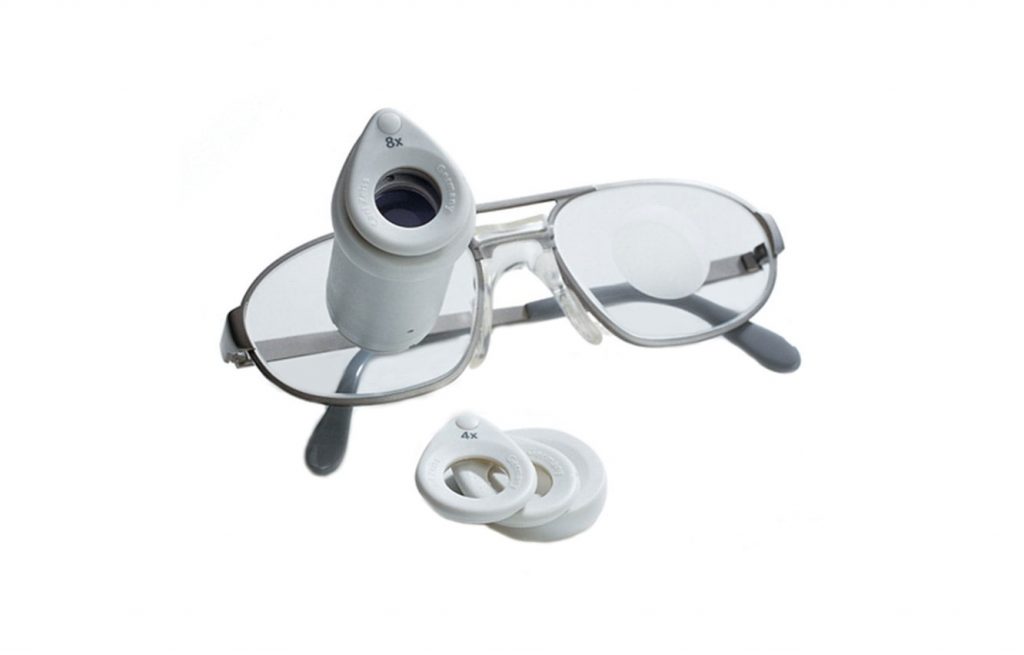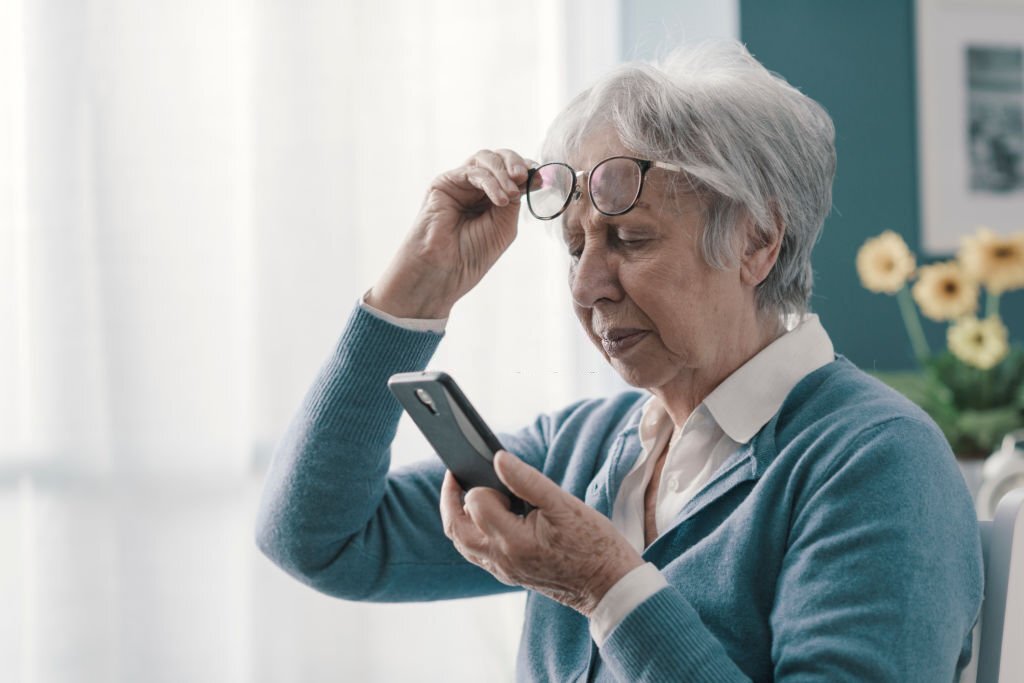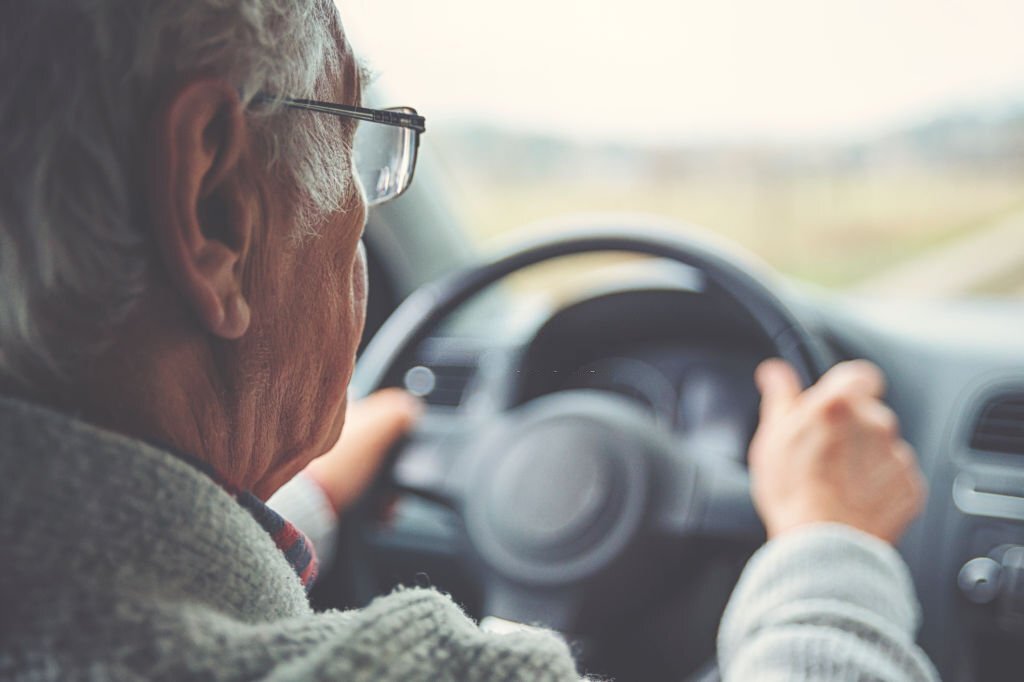What are bioptic telescopic glasses and what do they do for people with low vision?
Bioptic telescopic glasses are one of the most popular low vision aids on the market. These glasses feature a small telescope mounted on the bridge of the eyeglasses, which provides magnification when needed. They are perfect for people with low vision who want to maintain their independence and functionality. In this blog post, we will discuss the benefits of bioptic telescopes and how they can help you live a full life. Stay tuned!
How to get a prescription for bioptic telescopic glasses
If you are interested in getting bioptic telescopes, you will need to get a prescription from an eye doctor. Most eye doctors who specialize in low vision will be able to prescribe telescopic lenses. It is important to find low vision specialists who are familiar with prescribing telescopic systems, as they will be able to help you get the most out of your glasses.
When you go for your appointment, the eye doctor will perform a number of tests to determine whether miniature telescope systems are the best option for you. They will also measure your eyesight and prescribe the correct lens power for your bioptic telescope.
The benefits of using bioptic telescopic glasses
There are many benefits to using bioptic telescope glasses. Some of the most important benefits include:
Improving near vision
Being able to read, write, and do other activities that require close-up vision. Some Bioptics can also help with the mid-range in addition to the near vision. This can be done with different reading caps for different distances or with an autofocusing telescopic system.
Improved distance vision
Being able to drive a car or see at a distance. Bioptic telescope glasses are particularly useful for watching TV, movies, and theater, as well as seeing people, signs, and blackboards at school, shopping, and traveling. Wearers of bioptic telescopes have also used them to go hiking, golfing, bowling, painting, fishing, driving tractors, and mowing the grass. Most states in the United States, as well as certain nations, will allow visually impaired people to drive while wearing a bioptic telescope.
Improved quality of life
One of the main goals when buying low vision devices such as bioptic glasses is maintaining or improving your quality of life. Being able to do the things you love and enjoy is so important for this. Bioptic glasses make having central vision loss a little more bearable and keep you doing the things you love.
Increased independence
Avoiding mental despair and depression is vital to low vision patients. Being able to take care of yourself and maintain your independence is key. Any device that can aid in this should be used. This device can be worn for most activities and should be considered when purchasing low vision aids.
All of these benefits can make a big difference in the lives of people with low vision. With bioptic telescopic glasses, they can live more independent lives and do the things they love.
Who could benefit from bioptic telescope glasses
- Individuals with 20/60 to 20/300 (6/18 to 6/90) central visual acuity
- Individuals who have tunnel vision with a diameter greater than 5 degrees
- Individuals suffering from visual loss as a result of one or more of the following conditions
- AMD (Age-Related Macular Degeneration)
- Albinism
- Atrophy of the optic nerve
- Stargardt Disease
- Nystagmus (shaking of the eyes)
- Tunnel Vision from Glaucoma or Retinitis Pigmentosa
- Many other eye conditions and diseases
How to use bioptic telescopes correctly
To use bioptic telescope glasses, start by putting on your Bioptics and making sure they are adjusted correctly. Has the telescope positioned above your straight-ahead line of sight? Next, you will need to look through the carrier lens, this is the lens used the majority of the time. The carrier lens is the lens that the telescope lenses are mounted in. These lenses will be used for walking and most of your normal activities. You can switch between these lenses by simply tilting your head down. You should look through this lens to read or do other activities that require close-up vision.
Next, you will need to switch the bioptic lens so that you are looking through the telescope. Simply tilt your head down to view far-off objects through the telescope portion of the bioptic lenses. You will use these more for just spotting things and reading signs etc and then return to the carrier lens.
Who shouldn’t use Bioptic glasses
There are some people who should not use bioptic glasses. This includes people who have problems with their peripheral vision or depth perception. It is also important to note that bioptic glasses should not be used while driving if your state doesn’t allow them.
How to choose the best pair of bioptic telescopic glasses
When choosing a bioptic system, it is important to find a pair that is comfortable to wear. You will want to try on a few different frames until you find one that is a good fit for your face. It is also important that the glasses provide enough magnification for the tasks that you do. The low vision evaluation done by your low vision doctor will help you determine this.
Picking a durable frame to hold up to the extra weight is also advised.
It is also important to find bioptic telescopes that have good optics. This means that the bioptic telescope glasses should be able to produce clear images without glare and reflection. You can test the optics of this system by looking at brighter lights and different light conditions. Picking a durable frame to hold up to the extra weight is also advised.
You should also consider the different activities you would like to use them for. Will you only be driving and using them to read street signs or will you be watching movies with them and need a wider field of view? Magnification and field of view are major considerations in choosing the type of telescopic lenses.
These special Glasses look similar to regular prescription-grade bi-focal glasses. They have two lenses, one to focus closer up and the other for far distance. Bioptics are bi-focal spectacles that also have a built-in telescope which is used to magnify the image behind the bioptic lens.
Different types of bioptic telescopes
Galilean and Keplerian telescopes
There are two types of telescopes used in bioptics. The Galilean telescopes are used when the magnification need isn’t more than about 3x. When the magnification needed is more than this it is best to use the Keplerian telescopes instead. This is because the field of view becomes very small with the Galilean telescopes as the magnification increases. The keplerian style uses a more complex mirrored system. This makes them bulkier but helps to maintain the field of view.
Fixed focus, Autofocus, and manual focus bioptic telescopes
Among the different types of Bioptics, there are three different focusing types. The Galilean comes in a fixed focus and manual focus setup. The Keplerian can be made in all three styles including one made by a company called Ocutech which is an autofocus telescope. They are awesome because you can look at any distance and have it in focus.
Çost of Bioptic systems
The cost of these special glasses can vary greatly depending on several factors.
- The frame
- The type of telescope
- The lens coatings on the carrier lenses
- If it is fixed, manual, or autofocus
- If there are lens caps for occlusion or reading in the case of Galilean scopes.
As a general rule, most Bioptic telescopic glasses will cost between $1500-$4000. The good news is they tend to be less than hearing aids.
How to care For Bioptic glasses
It is important to properly care for these special glasses. You should not leave bioptic glasses in extreme heat or cold. It is also not a good idea to drop bioptic glasses on the ground, as this can cause damage to these lens systems. One way to avoid this is to have a glasses chain or a pair of chums around your neck. This way if they fall off due to the weight, they will still be around your neck. If you have bioptic glasses that are damaged, then you should bring them to your eye doctor or bioptic specialist right
Tips for living successfully with low vision aided by bioptic telescopes
Tips for living successfully with these glasses include:
- storing your glasses in a case when they are not being worn
- cleaning your glasses regularly so that they stay clear and in good condition
- keep them dry, do not run them underwater when cleaning them. Water can get inside the telescope and fog them up.
- Use a soft cotton cloth to polish the lenses instead of kleenex.
- Get proper training from your eye doctor or Occupational therapist
- Pick a frame that is comfortable and stylish so you enjoy wearing them
Bioptic Driving
The problem that visually impaired drivers have is that they must approach a sign or signal so closely to notice that they do not have enough time to make the necessary driving modifications. They can see the target sooner thanks to the bioptic, allowing the driver more time to respond. Drivers who use bioptics see through their ordinary eyeglass lenses most of the time and only gaze through the telescope for brief periods of time, similar to how they see via the car’s back and side mirrors.
Bioptic driving is a kind of driving that combines the patient’s general vision with periodic spotting via a tiny telescopic device to increase the patient’s distant vision sharpness. About 95% of the time, bioptic users drive with their own vision carrier. The patient swiftly peers through the bioptic telescope to offer details such as road signs, traffic lights, and far-off objects while utilizing it. The short usage of the bioptic telescope is similar to the fast glance back in the rearview mirror that all drivers use. , Using these for driving requires significant training in both bioptic usage and behind-the-wheel driver instruction.
The bioptic driver’s behind-the-wheel training is not a choice! It is the most important step in assisting a patient in achieving safe bioptic driving. Even formerly licensed drivers should be trained how to drive while blind and how to utilize the bioptic system securely.
Each state’s motor vehicle agency has its own set of bioptic driving laws and restrictions. To find out what you need to get a bioptic driver’s license in your area, talk to your low vision expert and the DMV in your state about the vision requirements. The licensing agency, the prescriber, and the user are the only ones who can make decisions on driving with bioptics.
FAQ’s
1. Will bioptics work for me?
You may be a candidate if you answer yes to the following questions:
Is your vision loss caused by macular degeneration or another condition that causes central vision loss?
Is your stronger eye’s eyesight 20/300 or better?
Are you able to read a newspaper’s headlines?
Do you have the ability to watch TV and/or identify people’s faces from a distance of more than 2 feet?
2. What states allow bioptic driving?
Most of the states allow them to be used for driving. Click here for bioptic driving laws by state.
3. Are they heavy?
Bioptic telescopic glasses definitely are heavier than most glasses, so it’s important to pick the ones that are the most comfortable and have soft nose pads. Snugging up the chums on the back of your head will help with the weight on your nose.
4. Will they need to be replaced often?
If your prescription is stable and you take good care of them the bioptic glasses should last for years. If changes need to be made the system can be updated with new lenses. The entire system won’t need to be replaced. Which will save money.
Conclusion
Bioptic Telescopic systems are the must-have low vision aid. They allow people with low vision to read, drive a car, and more. They help to keep a low vision patient active, independent, and happy.














